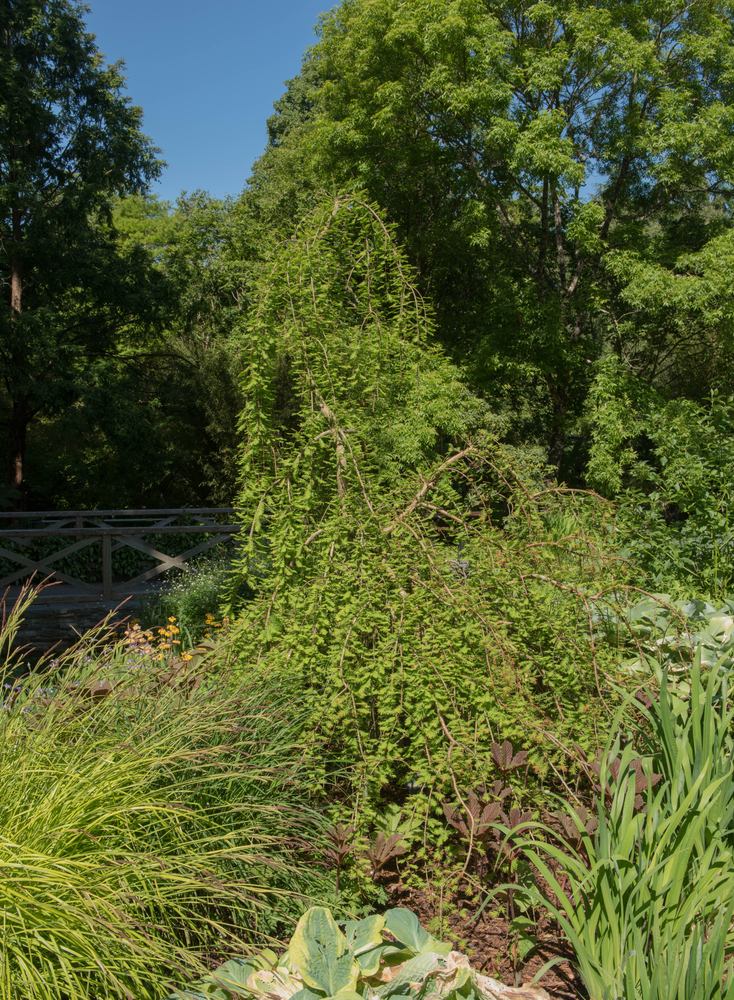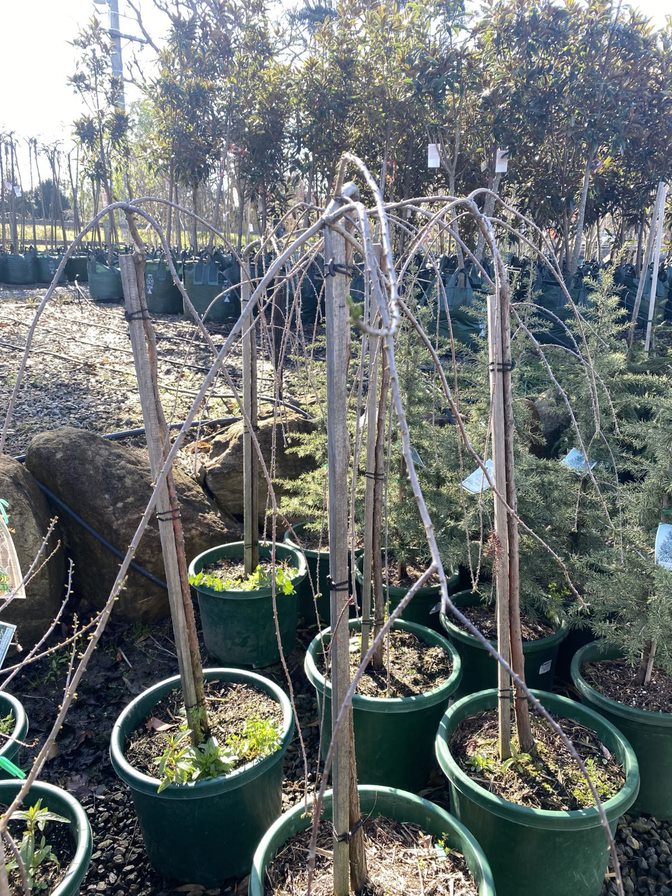Description
Taxodium is a genus of deciduous coniferous trees in the family Cupressaceae. Commonly known as bald cypress trees, Taxodium species are known for their unique appearance, including needle-like foliage and distinctive “knees” that emerge from the roots. They are native to wetlands and are valued for their adaptability to different landscape settings.
Climate: Taxodium species thrive in temperate to subtropical climates. They are well-suited for regions with wet soils and can tolerate seasonal flooding. Some species are more cold-hardy than others. Choose species suitable for your specific climate to ensure successful growth.
Watering: Taxodium trees are adapted to wet environments. While they can tolerate occasional dry spells, they prefer consistently moist or even waterlogged soil. Water young trees regularly to establish a strong root system. Once established, they can handle periodic flooding.
Soil Type: Taxodium trees thrive in wet or poorly drained soils. They are commonly found in swampy areas and along riverbanks. They can tolerate a range of soil types, including clay soil. Good drainage is not critical for these trees.
Fertilizing: Taxodium trees generally do not require heavy fertilization. In natural settings, they obtain nutrients from wet soils. If planting in urban landscapes, you can apply a balanced, slow-release fertilizer in early spring. Avoid excessive fertilization, which can lead to excessive growth.
Pest & Diseases: Taxodium trees are relatively resistant to pests and diseases. They are adapted to wet conditions that discourage many pests. However, they can occasionally face issues like wood decay and canker diseases. Regular monitoring and proper sanitation practices can help prevent these issues.
Pruning: Taxodium trees require minimal pruning. Remove any dead, diseased, or damaged branches to maintain the tree’s health and appearance. Pruning is generally done in late winter or early spring when the tree is dormant.
Propagation: Taxodium trees can be propagated through seeds or cuttings. Seeds can be collected from mature cones and sown in containers in the fall. Softwood cuttings can be taken in early summer and rooted in a well-draining medium.
Landscape Uses: Taxodium trees are excellent choices for wetland and aquatic landscapes. They can be used to stabilize soil along water bodies and provide habitat for aquatic wildlife. In urban landscapes, they add a unique and dramatic element due to their “knees” and distinctive appearance.
Cultivars: There are a few cultivated varieties of Taxodium available, offering variations in growth habit and foliage color. Some popular cultivars include Taxodium distichum ‘Cascade Falls’ with weeping branches and Taxodium distichum ‘Pendens’ with a narrow, columnar shape. These cultivars provide options for different design preferences and can enhance the visual appeal of your landscape.



